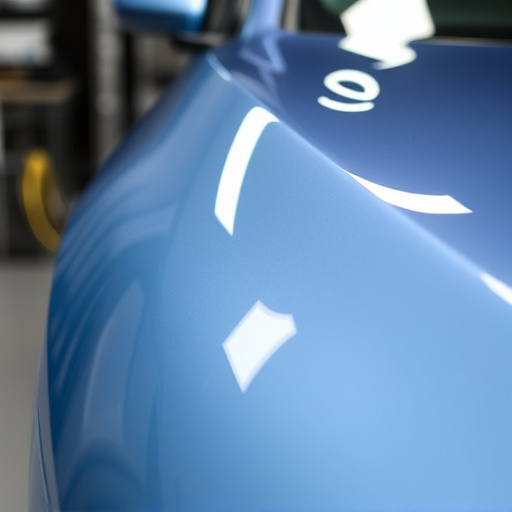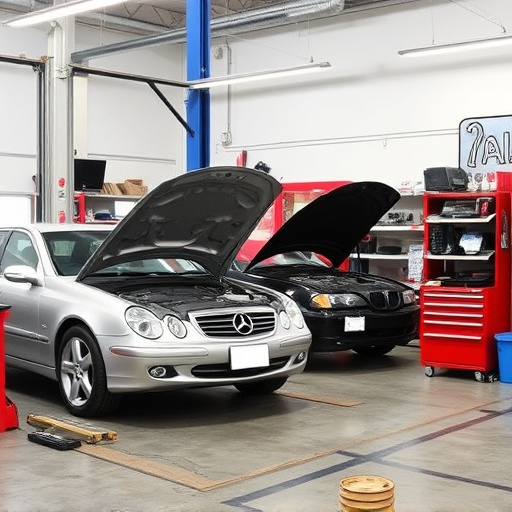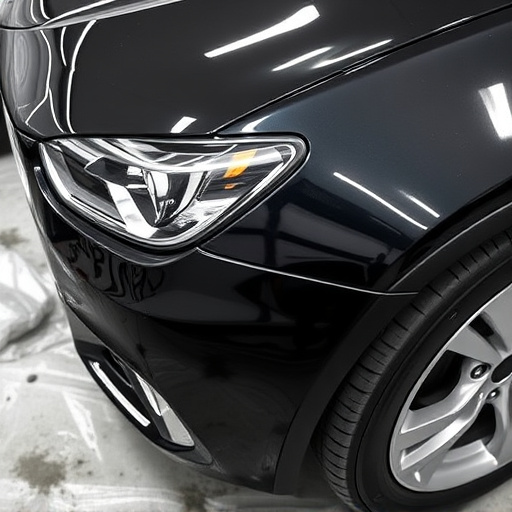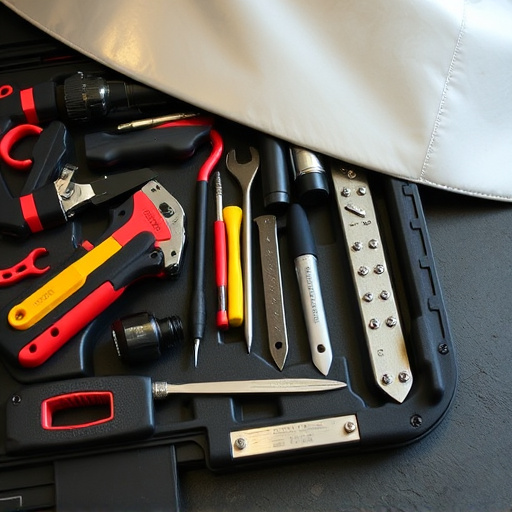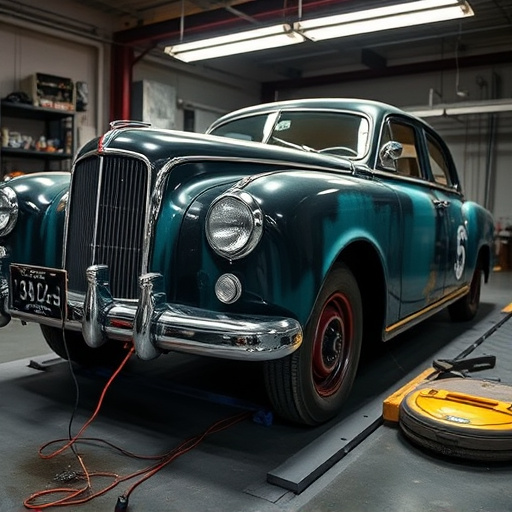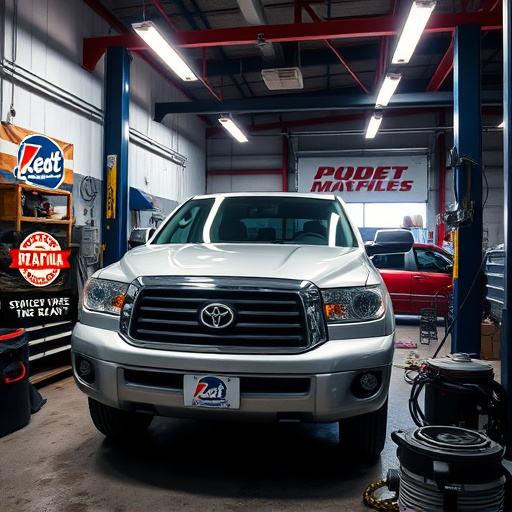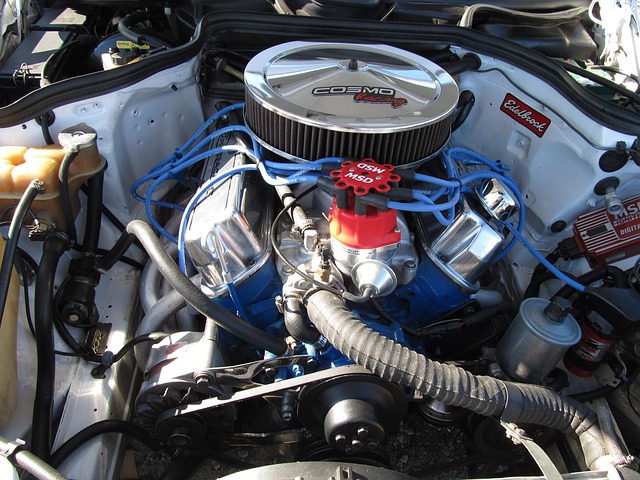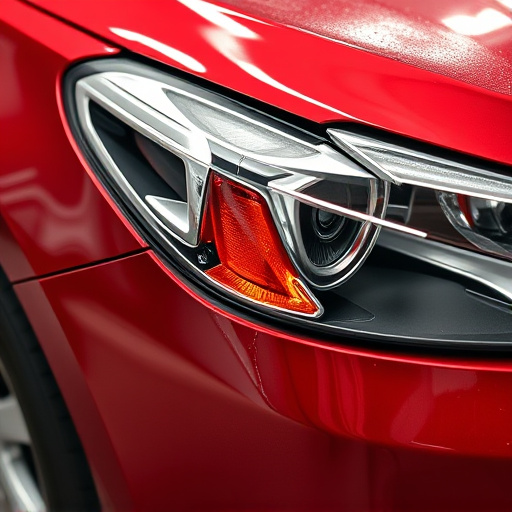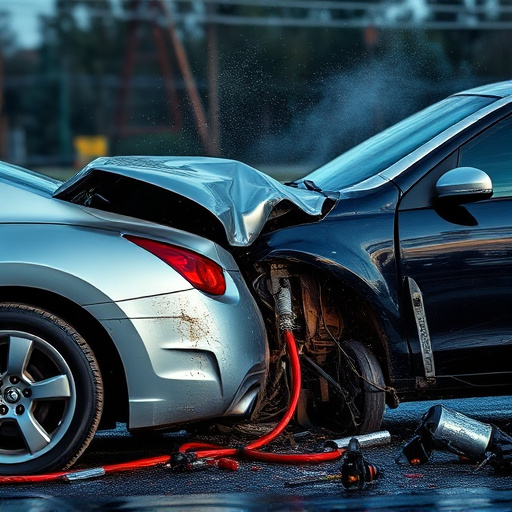Mercedes ADAS calibration is vital for post-repair vehicle safety, ensuring advanced systems like adaptive cruise control and automatic emergency braking function optimally. Neglecting this crucial step can lead to sensor misalignment, compromising road safety. Auto collision centers must prioritize meticulous calibration, involving comprehensive inspections, manual adjustments, and automated processes, to maintain the integrity of Mercedes' ADAS features.
Mercedes ADAS (Advanced Driver Assistance Systems) calibration is a critical, often overlooked, aspect of vehicle maintenance. Ensuring precise system alignment post-repair significantly reduces the risk of failures, enhancing safety on the road. This article delves into the significance of Mercedes ADAS calibration, common post-repair issues, and effective strategies for achieving meticulous calibration. By understanding these key factors, owners can maintain top-tier ADAS performance and overall vehicle reliability.
- Understanding Mercedes ADAS Calibration Importance
- Common Post-Repair System Failures Explained
- Effective Strategies for Precise Calibration
Understanding Mercedes ADAS Calibration Importance
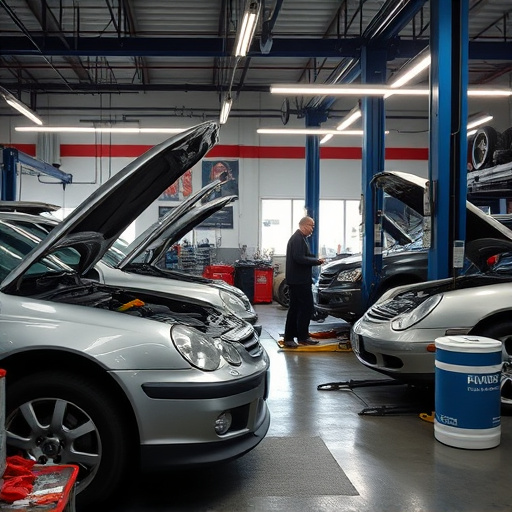
Mercedes ADAS calibration plays a pivotal role in ensuring the safety and reliability of advanced driver-assistance systems (ADAS) in Mercedes vehicles post-repair. These systems, which include features like adaptive cruise control, lane-keeping assist, and automatic emergency braking, rely on precise sensor calibration to function optimally. When a vehicle undergoes repairs, especially involving the car’s bodywork or components that impact sensor positioning, accurate ADAS recalibration becomes essential.
Neglecting this crucial step can lead to system failures and potential safety risks. An auto collision center or vehicle body shop, during repairs, must perform meticulous calibration to align sensors with the latest vehicle dynamics. This process guarantees that ADAS systems operate seamlessly, enhancing road safety for Mercedes owners. By addressing this vital aspect, drivers can have peace of mind knowing their vehicles are prepared to navigate modern roads safely and efficiently.
Common Post-Repair System Failures Explained
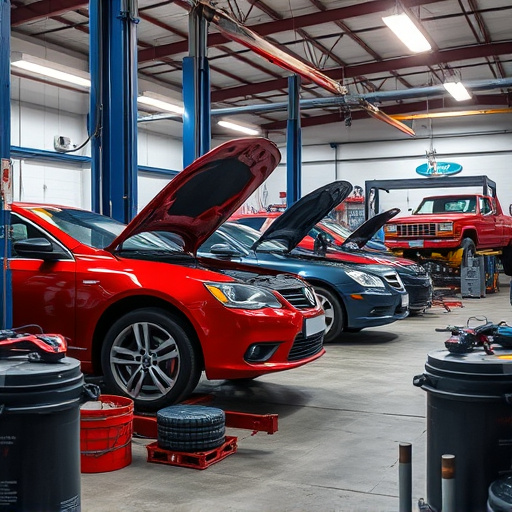
After a car accident or any significant damage, proper restoration is crucial for ensuring vehicle safety and reliability. Common post-repair system failures often occur due to inadequate alignment and calibration during the repair process. This is especially true for modern vehicles equipped with advanced driver-assistance systems (ADAS) like those found in Mercedes cars. Without precise ADAS calibration, these sophisticated sensors may not function optimally, leading to issues such as incorrect speed readings, misaligned cameras, or faulty collision avoidance systems.
Mercedes ADAS calibration plays a vital role in addressing these potential problems. It involves meticulously adjusting and testing the vehicle’s sensor systems to ensure they operate in harmony with each other and provide accurate data for safety features. This process is critical for maintaining the integrity of advanced systems like lane-keeping assist, adaptive cruise control, and automatic emergency braking. By undergoing car body repair and restoration while ensuring proper Mercedes ADAS calibration, owners can rest assured that their vehicles are safer and more reliable on the road, enhancing overall peace of mind behind the wheel.
Effective Strategies for Precise Calibration
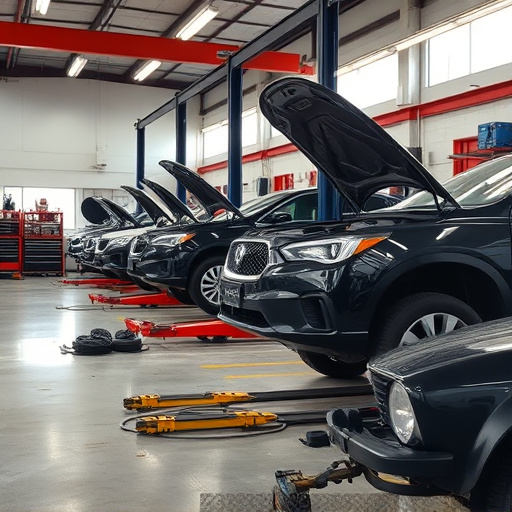
In ensuring precise Mercedes ADAS calibration, several effective strategies come into play. The process begins with a thorough inspection of the vehicle’s sensor systems and their alignment. This involves advanced diagnostic tools that can detect even the slightest discrepancies in the positioning or functionality of critical sensors. For instance, cameras, lidars, and radars must be accurately aligned to provide a complete and reliable picture for the Advanced Driver Assistance Systems (ADAS).
A meticulous approach is required when dealing with auto body repairs and bumper repair, as these can impact sensor placement. Skilled technicians perform manual adjustments, fine-tuning each component to meet manufacturer specifications. Automated calibration processes are also utilized, leveraging specialized equipment to verify and optimize system performance. Regular maintenance checks, including regular cleaning of sensors, play a vital role in preventing obstructions that could lead to false readings or system failures.
Mercedes ADAS calibration is a vital process that significantly reduces post-repair system failures, ensuring the safety and reliability of Mercedes vehicles. By understanding common issues and implementing precise calibration strategies, repair shops can deliver high-quality results. This not only enhances customer satisfaction but also contributes to the overall safety of drivers on the road. Effective Mercedes ADAS calibration is an indispensable practice in modern automotive maintenance.

